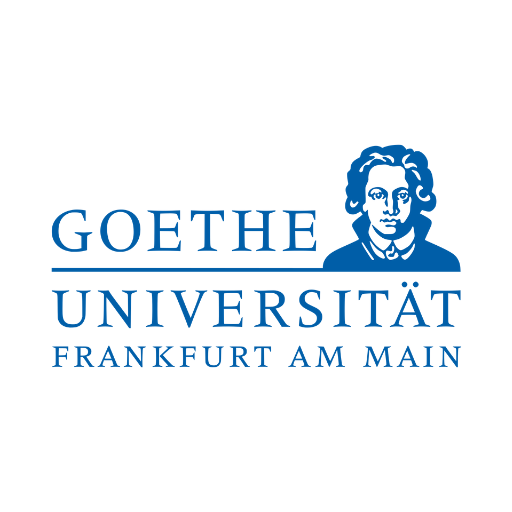VLAC II
Visual Languages of Ancient Coins Tracing the local(s).
The local world of Mediterranean landscapes in Greek and Roman coinage
November 29-30, 2019
An international conference of the NUMiD project Venue: Goethe-University Frankfurt,
Campus Westend I.G. Farbenhaus, Eisenhower Saal
The ancient Mediterranean was a cultural landscape inhabited by various local groups that formed these landscapes before the expansion of the Greeks and Romans. The term “local” is defined as a combination of special cultural characteristics which include language, religion, material culture and social structures, similarities in the outer habitus or customs that construct common ground. “Being local” could either be expressed by specific local features that only existed in a small geographic area but also by using an unusual combination of widespread and well-known attributes. However, it can be observed that presumably local attributes also occur outside their sphere of influence and can be adapted by other cultures and societies. This raises the question as to how these local attributes were adapted and whether they retained their original context of meaning. This dynamic dimension of locality is particularly visible on the coins of the ancient cities, which used these coins also to highlight local features as part of their civic identity or to underline non-Greek or non-Roman origins. Do local elements play a role in preserving traditional values or are they used to coin an alternate version of the past?
In this year's VLAC II conference, entitled Tracing the local(s). The local world of the Mediterranean landscapes in the Greek and Roman coinage, the presence and reception of local elements of different peoples and cultural groups from North Africa to Asia Minor to the Levant, will be examined on the basis of local coinage.
The conference will focus on the following key questions:
• How is a specific local profile constructed? Is this profile tied to individual cities or are there also supra-regional conventions of design and representation that coincide with old, indigenous cultural areas?
• Which local linguistic features, such as language, official names, theonyms and city names were used and which local iconographic attributes from the cultic and profane spheres?
• When were local elements depicted, abolished or revived?
• Do certain conventions of depicting the local change over time?
• Are the depicted elements the result of persistence, acculturation or appropriation? Can different degrees of reception or acculturation processes be identified? What could be possible motives for the inclusion of local elements in the coinage?
For more information click "LINK TO ORIGINAL" below.
This opportunity has expired. It was originally published here:
http://www.numid-verbund.de/files/VLAC_II_Tracing_the_local_s_.pdf
